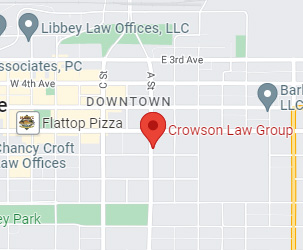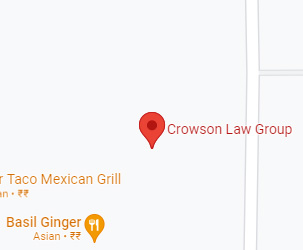What To Do After A Car Crash in Alaska

In Alaska, car accidents are sudden, disruptive, and often traumatic events. Knowing what to do in those crucial moments after a collision is essential to safeguard yourself, minimize further damage, and support potential insurance claims. This guide will walk you through the critical steps to take after a car accident, emphasizing safety, documentation, and protecting your rights.
Immediate Actions
The first minutes following an Alaska car accident are a whirlwind. However, prioritizing these actions is vital:
Ensure Safety
Check yourself and others involved for injuries. If anyone is seriously hurt, call emergency services (999 in Kenya) immediately. Do not attempt to move a severely injured person unless they are in immediate danger.
Turn off engines and hazard lights on. Prevent further accidents or fires by turning off the engines of the vehicles involved. Switch on hazard lights to alert other drivers.
If possible and safe, move your vehicle to the side of the road or a secure area out of traffic. If the cars are not drivable, move yourself and others away from the roadway.
Exchange Information
You want to exchange information with other involved drivers. You should provide your Alaska car crash attorney any information that could help them build your case. Obtain the following from all drivers involved:
- Full name and contact information
- Driver’s license number
- Insurance company and policy number
- Vehicle license plate number
- Make, model, and color of the vehicle
- If there were witnesses, get their names and contact details. Their accounts can be valuable.
Document the Scene
Use your phone to photograph the following:
- Damage to all vehicles involved
- The positions of vehicles relative to each other
- Any skid marks, debris, or other relevant details
- Road signs, traffic lights, and the general layout of the accident scene
Jot down any additional observations such as weather conditions, time of day, and anything else that seems relevant.
Report the Accident
Even for seemingly minor accidents, it’s crucial to report the incident to the police. An official police report becomes a valuable piece of documentation when chasing compensation in court.
Documentation
Thorough documentation after an accident strengthens your case when dealing with insurance companies and potential legal processes.
Gather Necessary Information
Obtain a copy of the police report as soon as possible. This contains the officer’s assessment of the scene, statements, and a determination of fault (if applicable).
If you sought medical treatment, keep detailed records of all doctor visits, diagnostic tests, treatments, and any medication prescribed.
Document all communication with your insurance company, including phone calls, emails, and letters. Note the dates, names of representatives, and details of conversations.
Get multiple estimates for vehicle repairs and keep track of accident-related expenses such as towing, rental cars, and lost wages.
Important Notes:
Start gathering documentation immediately after the accident and store all your documents in one place for easy reference.
Being informed about what to do after a car accident significantly reduces stress and complications. Remember, prioritize your safety, act methodically, and document everything thoroughly and seek a personal injury lawyer’s help. By following these steps, you protect your rights and ensure a smoother process when navigating insurance claims and potential legal matters.
Featured Image Source : https://unsplash.com/photos/insurance-agent-estimates-the-cost-of-damaged-windshield-after-car-accident-nuBd73B5gAQ
[/fusion_text][/fusion_builder_column][/fusion_builder_row][/fusion_builder_container]

